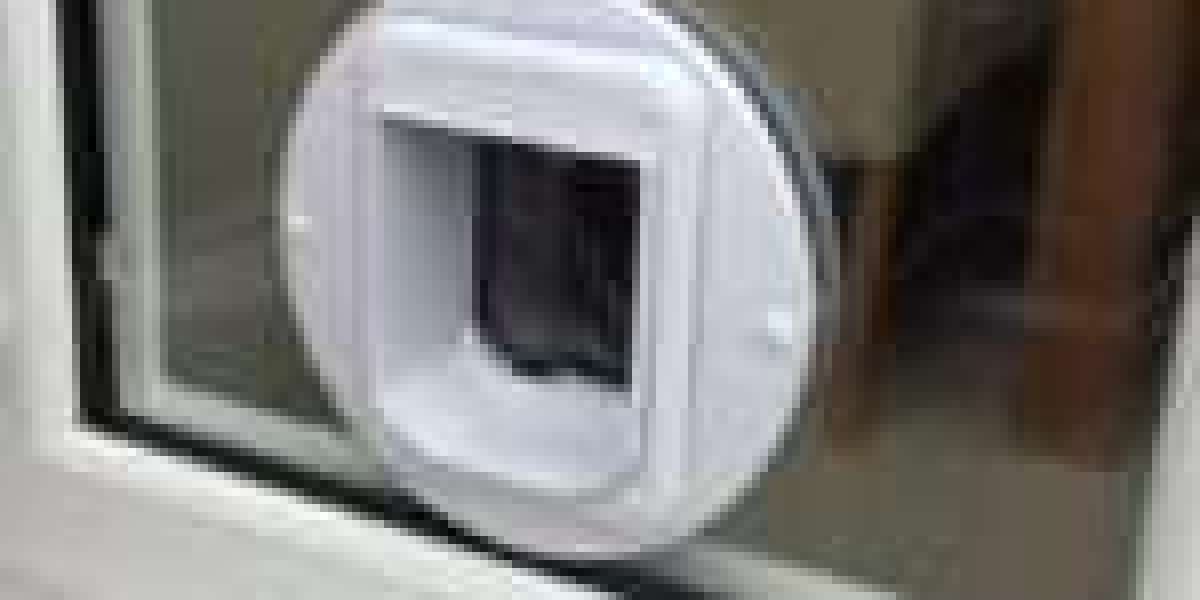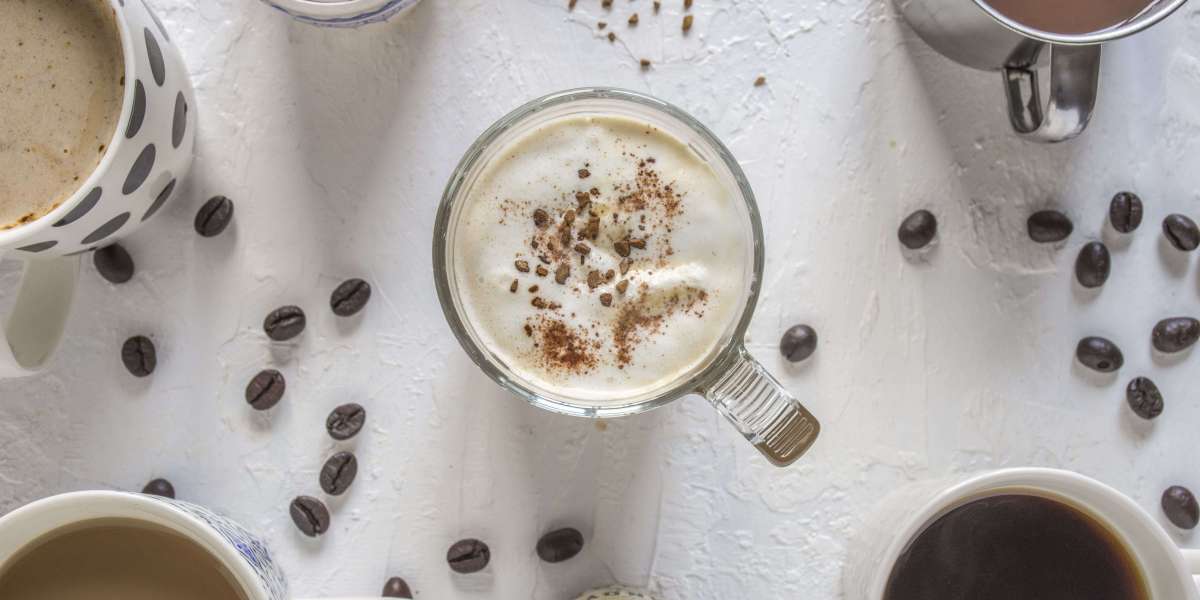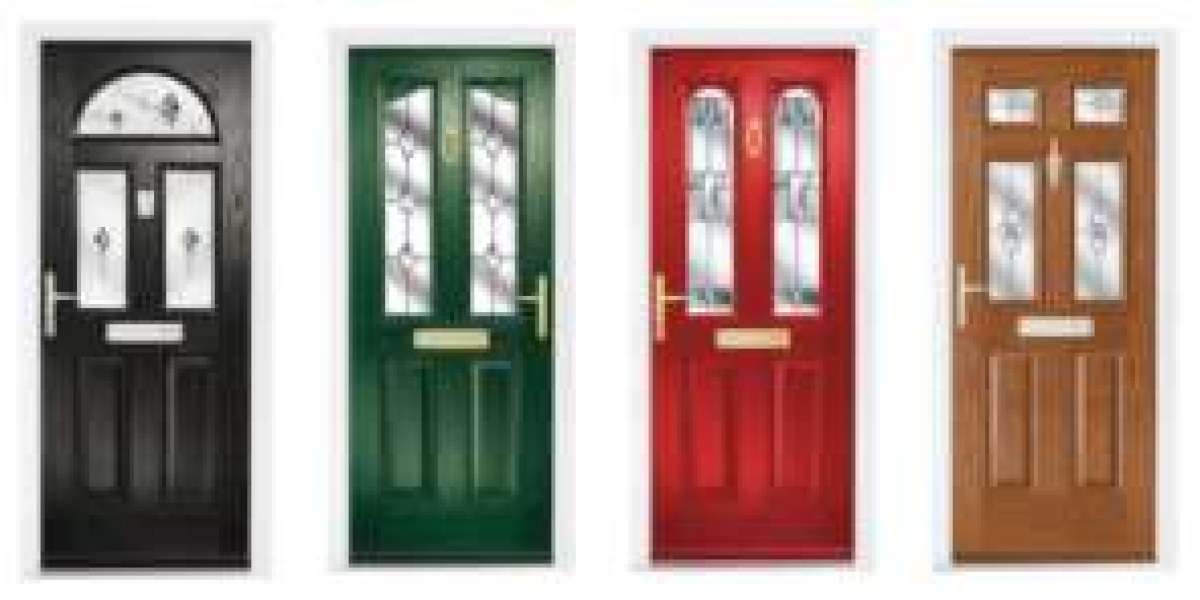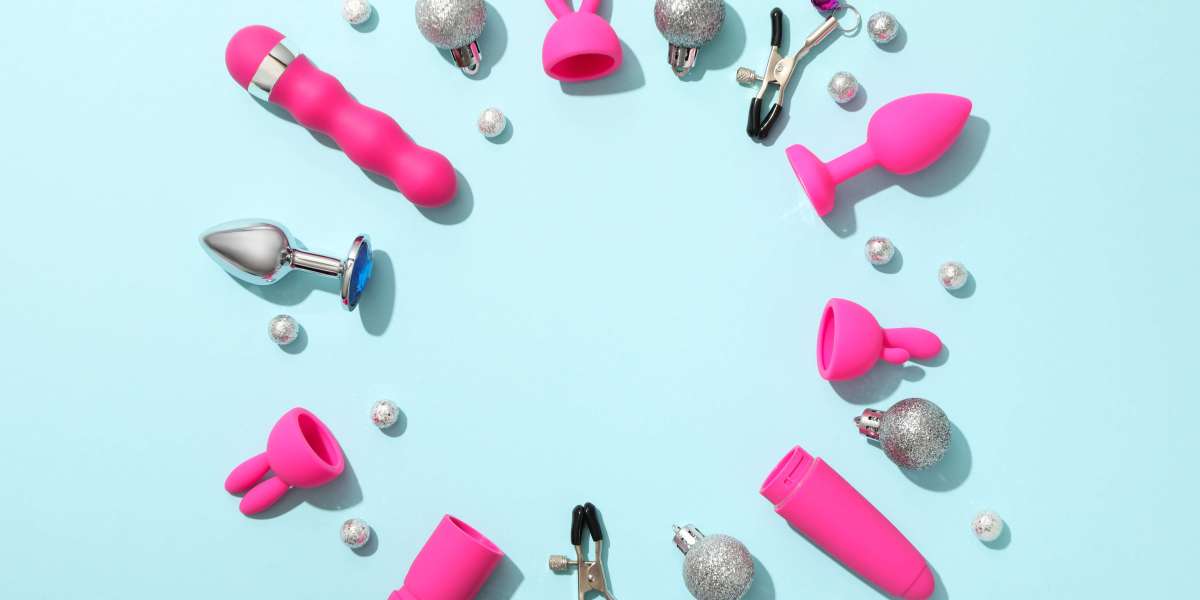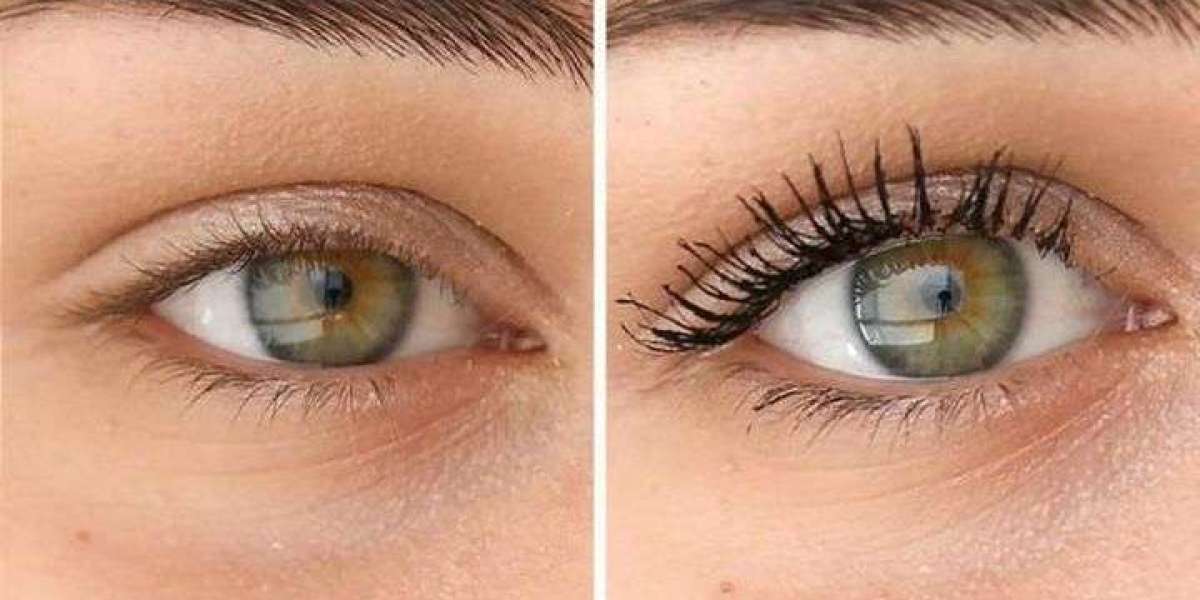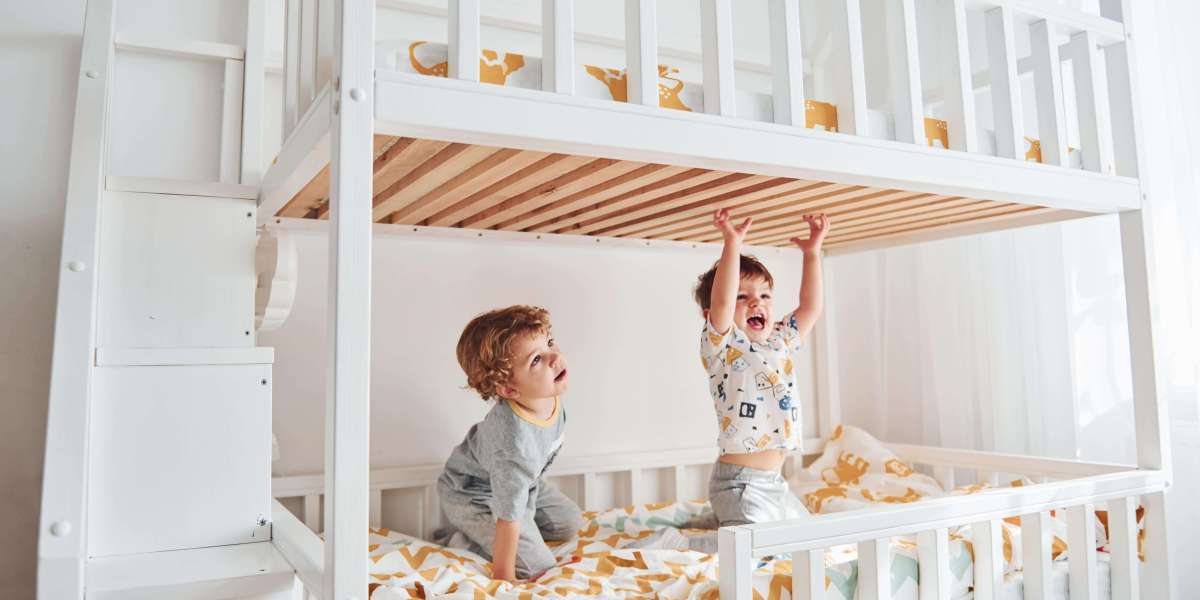
The Ultimate Guide to adjustable cat flap installation Flap Fitting: A Comprehensive Overview

As any cat owner can attest, supplying a safe and hassle-free way for your feline good friend to enter and exit your house is necessary. One popular option is a cat flap, a small door set up in a wall or door that permits your cat to come and go as it pleases. However, fitting a cat flap requires cautious factor to consider and planning to make sure that it is safe, protected, and reliable cat flap fitter. In this post, we will explore the world of cat flap fitting, checking out the different types of cat flaps, the advantages and downsides of each, and providing a step-by-step guide on how to set up a cat flap in your home.
Types of Cat Flaps
There are several types of cat flaps offered on the market, each with its special functions and advantages. A few of the most popular types of cat flaps include:
- Manual Cat Flaps: These are the many standard type of cat flap and need your cat to press the flap open with its head or paw.
- Magnetic Cat Flaps: These cat flaps utilize a magnetic closure to keep the flap shut, offering added security and lowering drafts.
- Electronic commercial cat flap fitting Flaps: These modern cat flaps use sensors and motors to open and close the flap, providing optimum benefit and security.
- Insulated Cat Flaps: These cat flaps are created to decrease heat loss and keep your home warm, making them ideal for colder environments.
Advantages of Cat Flaps
Cat flaps offer several advantages to both felines and their owners, consisting of:
- Convenience: Cat flaps allow your cat to come and go as it pleases, minimizing the need for consistent door opening and closing.
- Security: Cat flaps supply a safe and safe and secure way for your cat to go into and leave your home, reducing the risk of injury or escape.
- Energy Efficiency: Insulated cat flaps can help in reducing heat loss and keep your home warm, making them an economical option.
- Minimized Stress: repairmywindowsanddoors Cat flaps can help lower tension and stress and anxiety in cats, supplying them with a sense of liberty and independence.
Downsides of Cat Flaps
While cat flaps offer a number of benefits, there are likewise some prospective drawbacks to consider, consisting of:
- Security Risks: If not installed correctly, cat flaps can present a security risk, allowing undesirable animals or intruders to enter your home.
- Drafts: If not insulated properly, cat flaps can develop drafts, reducing the energy performance of your home.
- Maintenance: Cat flaps require regular maintenance to guarantee they stay tidy and practical.
How to Install a Cat Flap
Installing a cat flap is a relatively simple process, however it does need some preparation and preparation. Here is a detailed guide on how to set up a cat flap:
- Choose the Right Location: The place of your cat flap is vital, as it needs to be accessible to your cat and provide a safe and secure entry and exit point. Think about the height and area of the cat flap, along with the surrounding location.
- Step the Opening: Measure the opening where you plan to install the cat flap, taking into consideration the size of the flap and any surrounding obstructions.
- Cut the Opening: Use a saw or drill to cut the opening for the cat flap, making sure it is level and secure.
- Set up the Frame: Install the frame of the cat flap, using screws or nails to secure it in location.
- Include the Flap: Add the flap to the frame, ensuring it is safely connected and functions properly.
- Include Any Additional Features: Add any extra functions, such as sensors or motors, according to the manufacturer's instructions.
- Test the Cat Flap: Test the cat flap to ensure it is working properly and safely.
Idea
Here are some tips and tricks to remember when setting up a cat flap:
- Use a level: Make sure the cat flap is level and protect to prevent any concerns with the flap opening and closing.
- Add insulation: Add insulation around the cat door for wooden door flap to lower drafts and keep your home warm.
- Think about the size: Consider the size of your cat when choosing a cat flap, as bigger felines may need a larger flap.
Regularly Asked Questions
Here are some regularly asked questions about cat flaps:
Q: What is the very best type of cat flap for my home?A: The best type of cat flap for your home will depend upon your specific needs and scenarios. Consider factors such as security, energy efficiency, and benefit when choosing a cat flap.
Q: How do I keep my cat rescue door installation flap tidy?A: To keep your cat flap clean, frequently clean it down with a damp cloth and vacuum any particles or dirt.
Q: Can I install a cat flap myself?A: Yes, you can set up a cat flap yourself, however it may need some DIY skills and understanding. If you are unsure or unpleasant setting up a cat flap, think about speaking with a professional.
Conclusion
In conclusion, cat flaps are a hassle-free and protected method to supply your feline friend with access to the outdoors. With the best kind of cat flap and correct installation, you can enjoy the benefits of a cat flap while minimizing the disadvantages. By following the tips and tricks described in this short article, you can ensure a safe and safe and secure installation that satisfies the requirements of both you and your cat.
Additional Resources
- Cat Flap Installation Guide: A comprehensive guide to setting up a cat flap, consisting of detailed directions and diagrams.
- Cat Flap Maintenance Tips: A list of tips and techniques for maintaining your cat flap, consisting of cleaning and repair advice.
- Cat Flap Buying Guide: A guide to selecting the best cat flap for your home, consisting of considerations such as security, energy effectiveness, and convenience.
